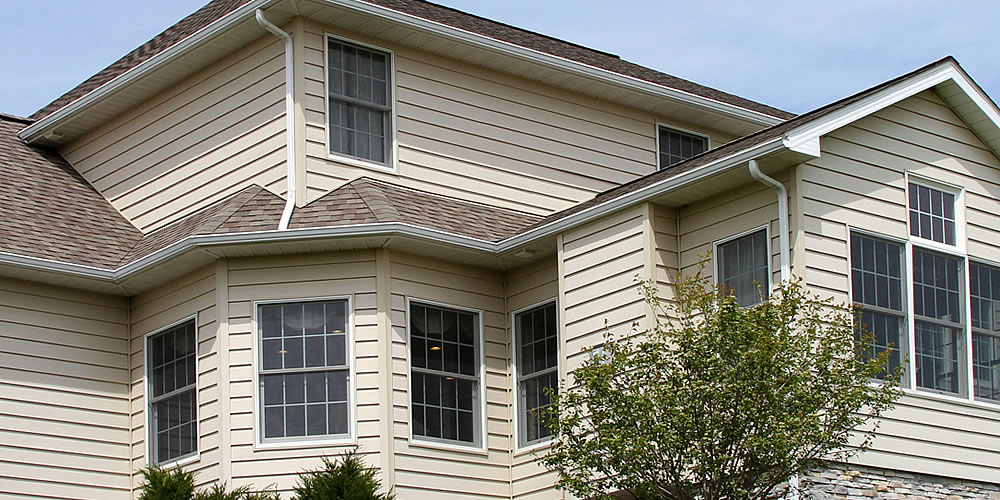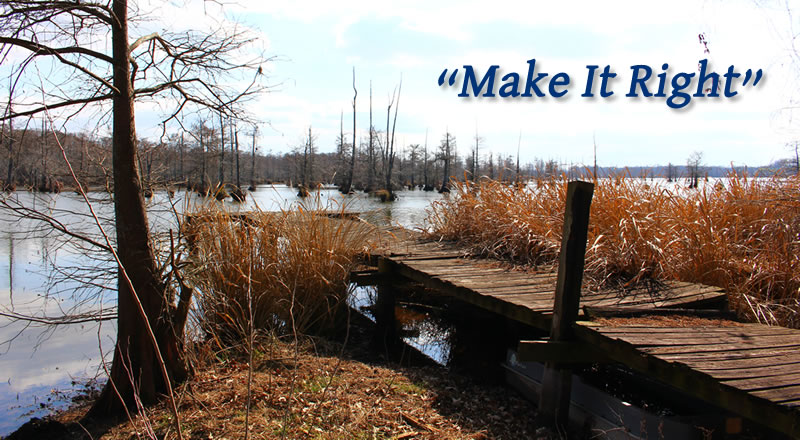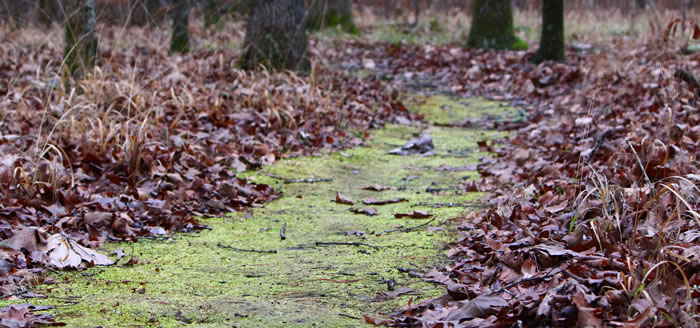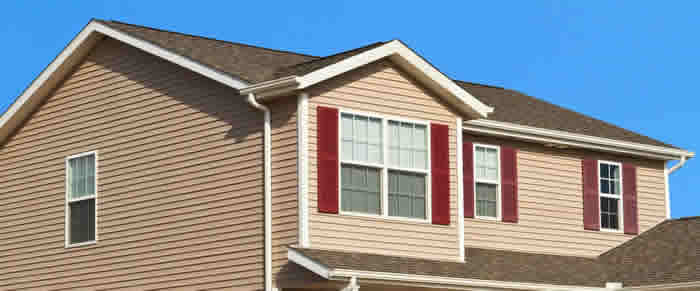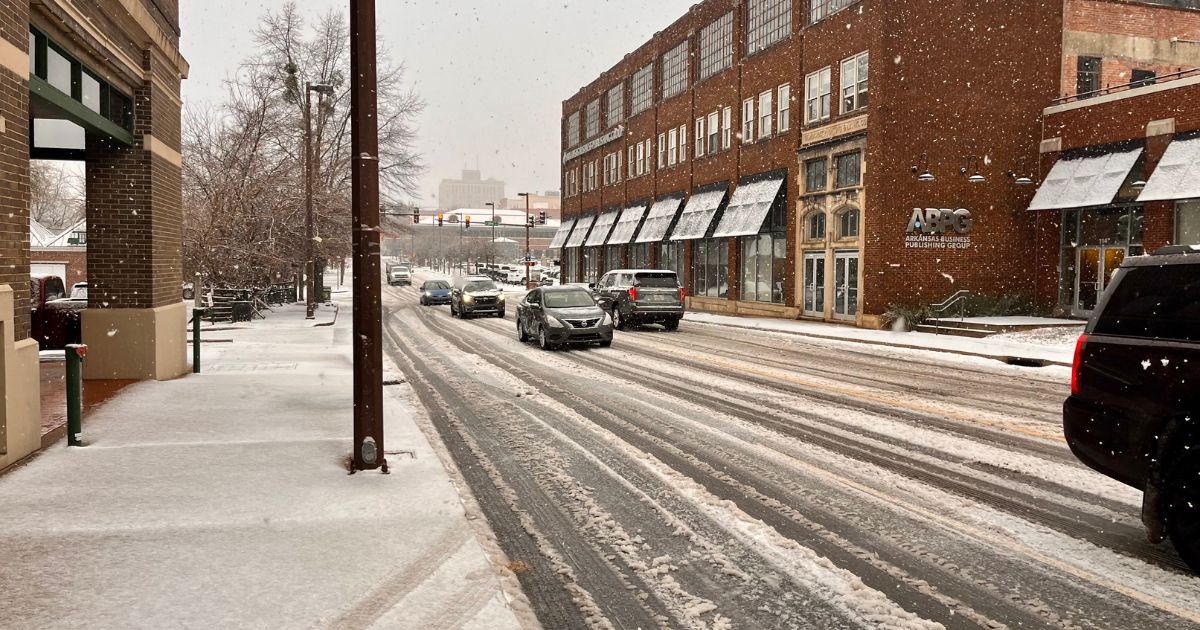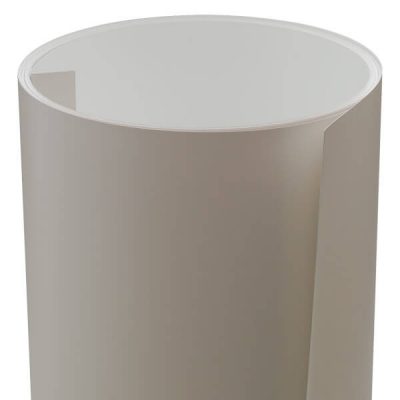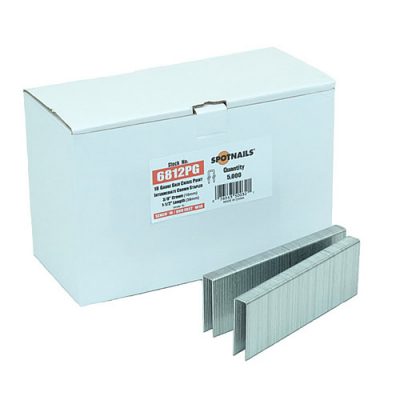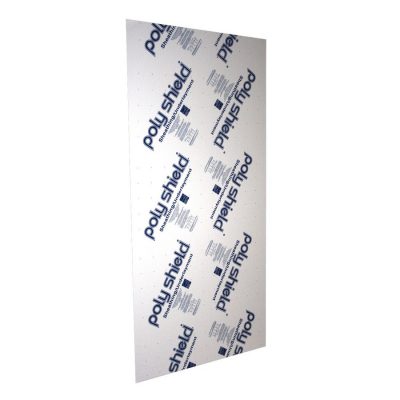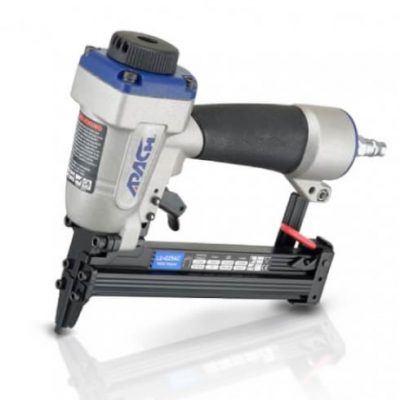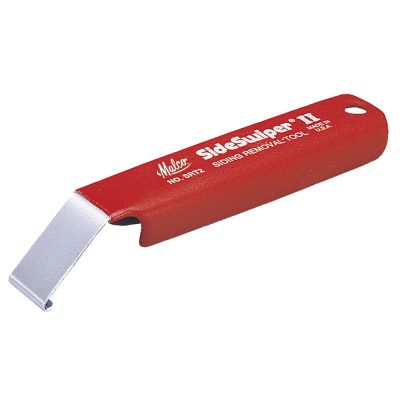WHILE there are many ways to enhance the appearance of a house — installing a new front door, adding shutters, painting the window frames, sprucing up the landscaping — few improvements provide the metamorphosis that results from installing new siding.
”In the last few years, the siding market has exploded,” said Bruce Herlitschek, president of American Home Exterior Design, a siding company based in Yonkers. Mr. Herlitschek said that the growth relates both to the number of homeowners calling to have their existing siding replaced and to the range of choices of replacement materials now available.
”Homeowners have more options now than ever before,” he said, explaining that in addition to traditional siding materials like cedar-shake shingles and wood clapboard, homeowners can choose from various styles, shapes, colors and even thicknesses.
And while many homeowners still install aluminum siding, he said, the most common siding material for new installations in the Northeast is vinyl. ”Vinyl siding is molded into different shapes and sizes in the factory,” he said, adding that since the color of vinyl is imbedded in the material itself — as opposed to being a surface finish, as it is on aluminum — scratches are virtually invisible.
The traditional vinyl panel, Mr. Herlitschek said, is called a ”single-eight,” which means that the panel is eight inches high. Most vinyl panels come in standard 12-foot lengths.
The panels most commonly used today, however, are known as ”double-fours” — eight-inch-high lengths of vinyl that are molded to appear as two four-inch clapboards, one above the other. Panels are also available in a style called shiplap or Dutchlap, a nine-inch-high panel that looks like two four-and-a-half-inch-high boards that are beveled on the edges.
”If everybody else on your block has double-fours, using shiplap will give your house a unique exterior detail,” Mr. Herlitschek said.
Joseph J. Horan, an owner of Vinylseal, an East Meadow, Long Island, contractor, said that it is also possible to purchase vinyl panels that look like three-inch-high clapboards. ”If you have a one-story ranch, oftentimes we’ll recommend going with three-inch panels because it makes the house look taller,” Mr. Horan said, adding that such panels on a two- or three-story colonial, on the other hand, could make the house look too busy.
Another popular style of vinyl siding mimics the look of cedar shingles. ”There are rustic shakes, scallops and even gingerbread,” he said. ”And there are also a lot of accessory items that can enhance the look of a house.” Among the accessories, he said, are shutters and decorative moldings that can be installed around windows and doors.
Mr. Horan said that in most cases, before new vinyl siding can be installed, the existing siding should be removed. Failure to remove it will result in an uneven base for the new siding and make it impossible to assess the condition of the surface underneath the old siding, he said.
”You have to make sure you have a sound subsurface,” he said, explaining that it is not uncommon to find rotted wood near where the foundation meets the sheathing and around windows and doors.
The sole exception, he said, is shingle-type siding that contains asbestos; such siding is generally left in place so that no asbestos fibers are released into the air. ”Then you install a plastic vapor barrier and a layer of foam insulation underneath the new siding that’s being installed,” he said.
The cost of installing standard vinyl siding, including removing the existing siding and installing a vapor barrier and insulation, should run anywhere from $500 to $700 for every 100 square feet of surface to be covered, he said.
Source: http://www.nytimes.com
![]()

